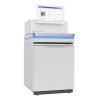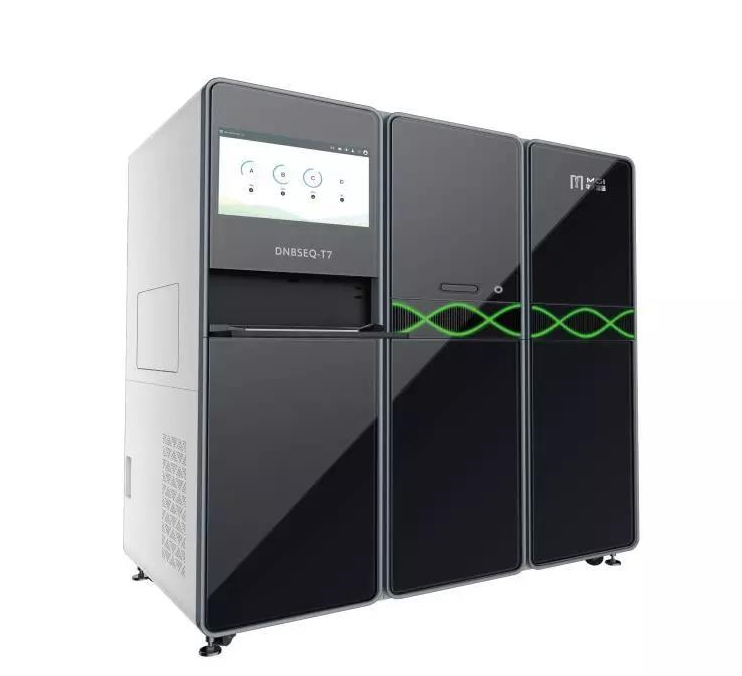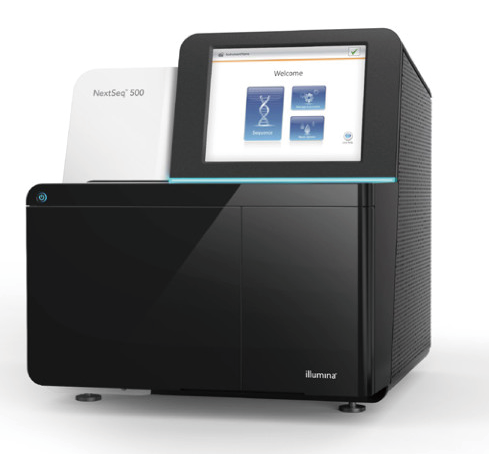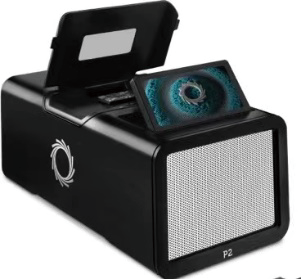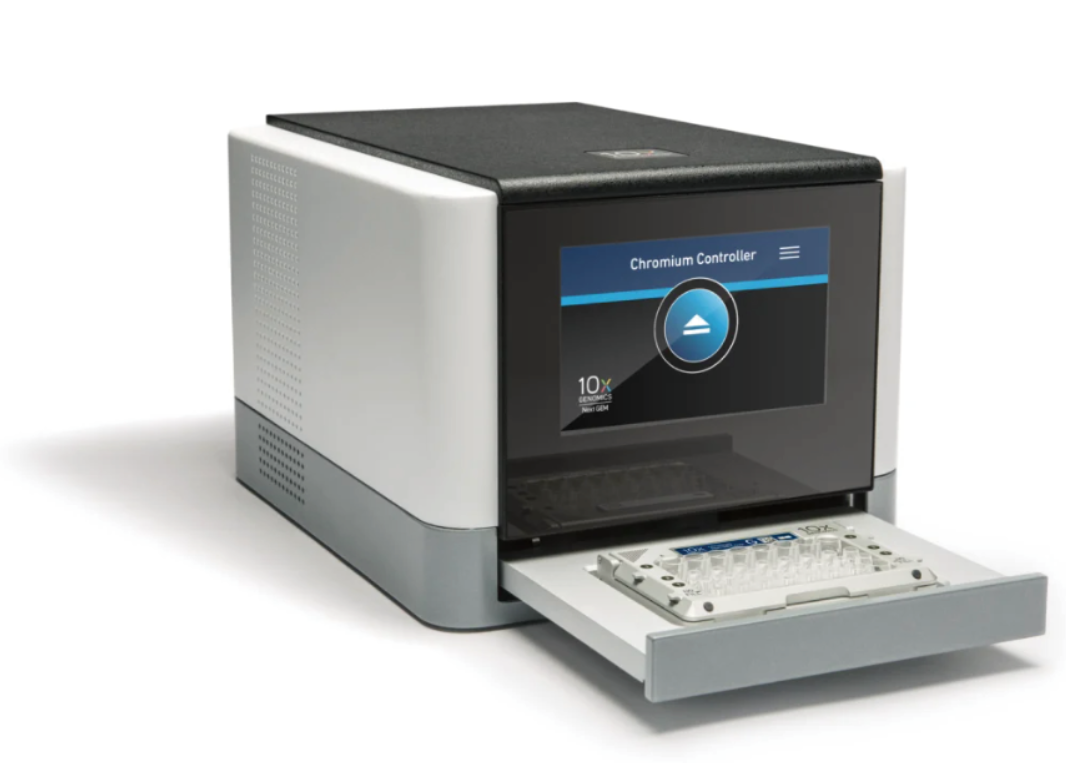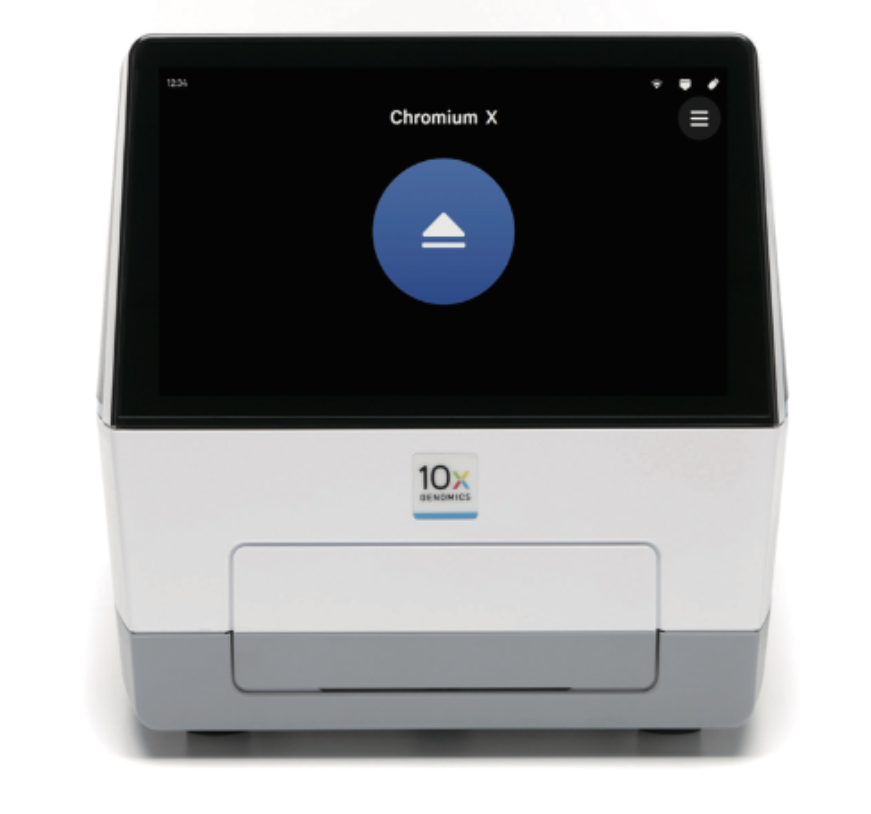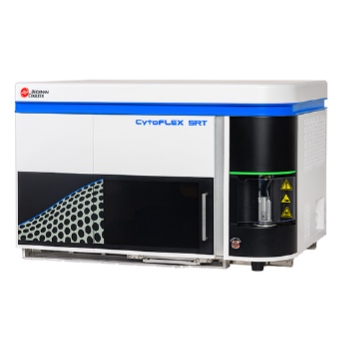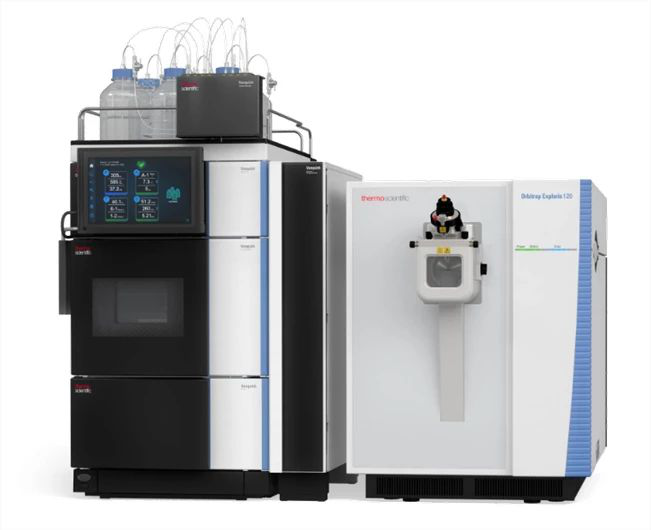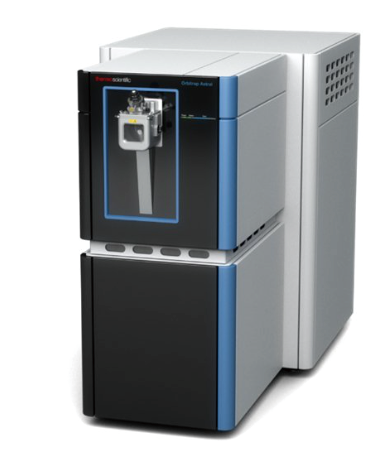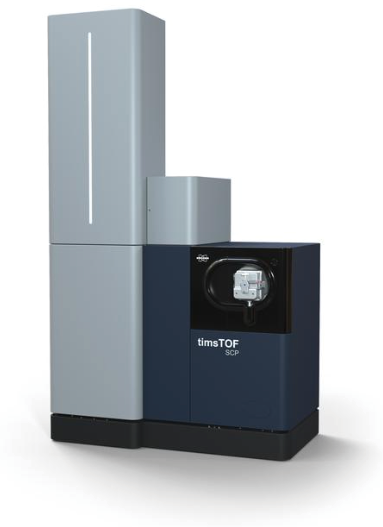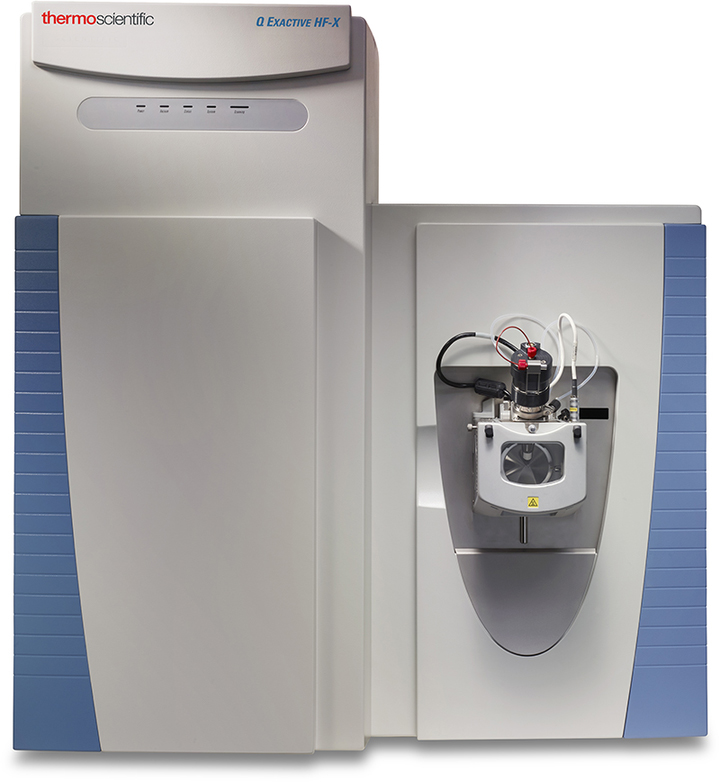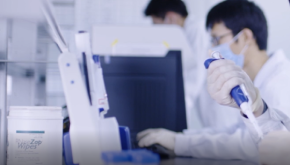Microbiota diversity & compositional profiling focus on the signature sequences of bacterial / Archaea 16S rRNA gene variable region, 18S rRNA gene variable region or internal transcribed spacer (ITS) of fungi. By detecting the variation and number of sequences, it can reflect the identity and abundance of various microbial species in the microbial community, decode the distribution characteristics of microbial species, unveil the diversity and composition differences among samples.
Advantages
1. It is simple, rapid, and cost-effective to directly amplify and detect the signature sequences of microorganisms in the samples, which overcomes the problem that most microorganisms cannot be cultured purely.
2. Automatic and professional DNA extraction process, PCR amplification with high fidelity DNA polymerase, and strict control of the number of amplification cycles ensure the objective and true composition of microbiota.
3. Illumina MiSeq/NovaSeq sequencing system with shorter running time and longer reading length (2*300 bp). Each sample can obtain tens of thousands of reads at one time. It can also accurately quantify the low-abundance species (rare species).
4. Multiple taxonomic annotation databases can be chosen, such as Greengenes / Silva / HOMD / RDP / Unite / MaarjAM and other custom databases to optimize the classification and identification of species.
5. PICRUSt2-based analysis can predict the metabolic function of the mcirobiota, interpret the functional potential and guide the subsequent metagenome sequencing research.
6. QIIME 2-based analysis workflow, combined with the Personalbio free online microbiome analysis platform, GenesCloud (https://www.genescloud.cn/), can solve the bottlenecks of analysis, storage and transfer of biological big data, with flexible data mining by interactive analysis and one-click visualization.



